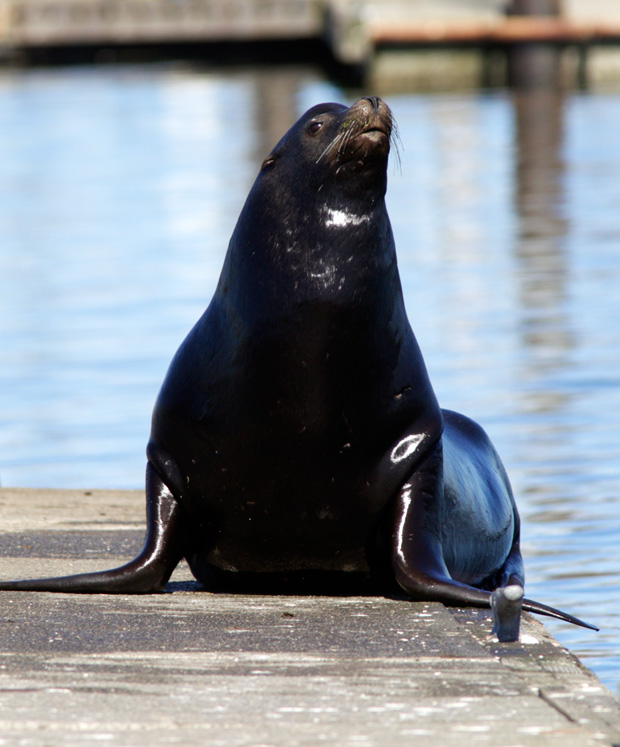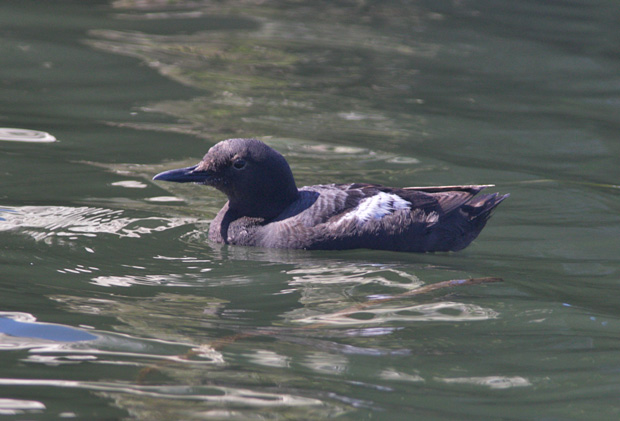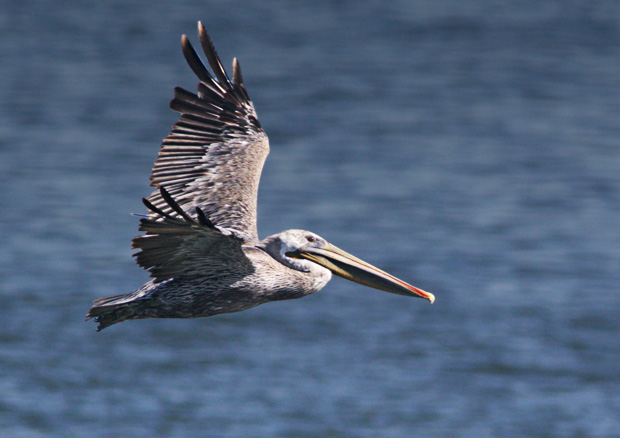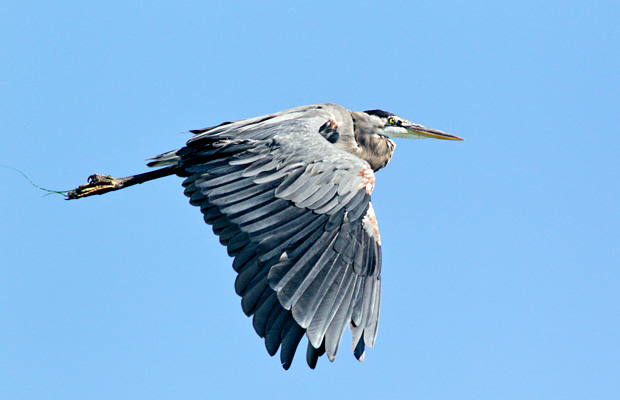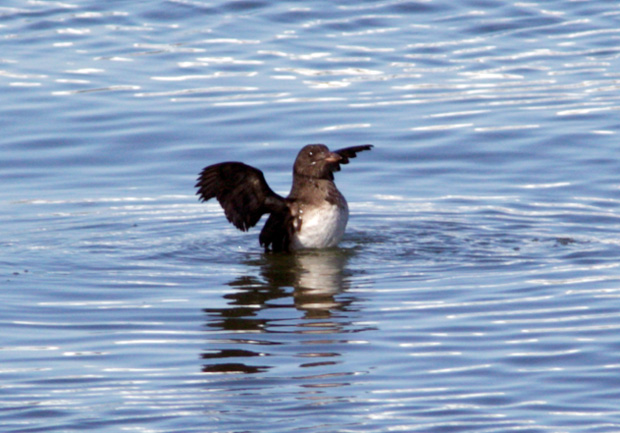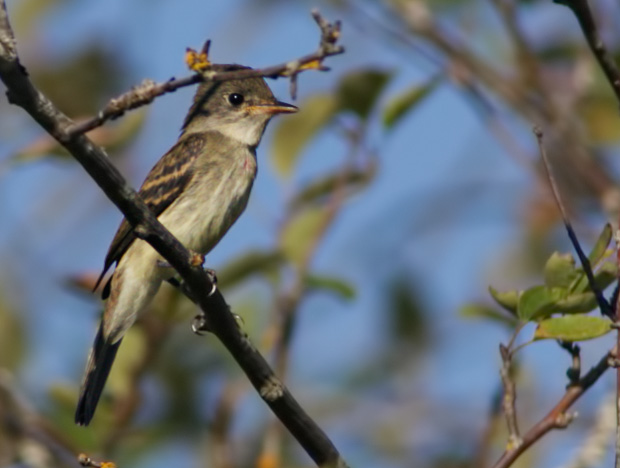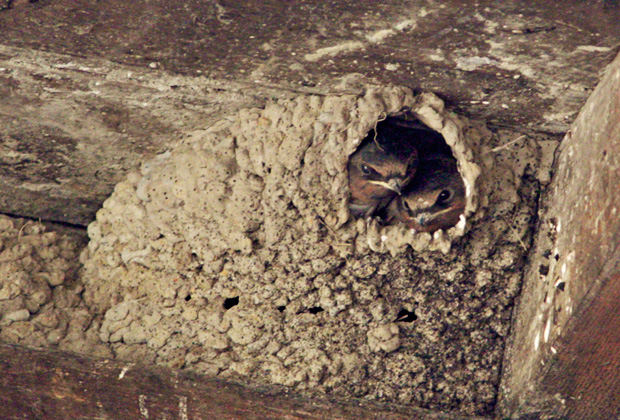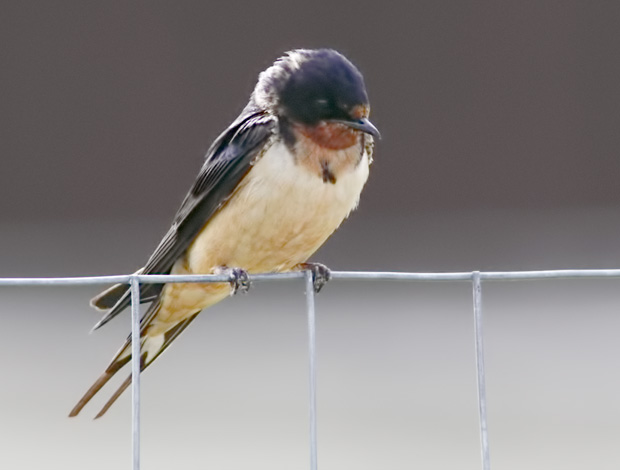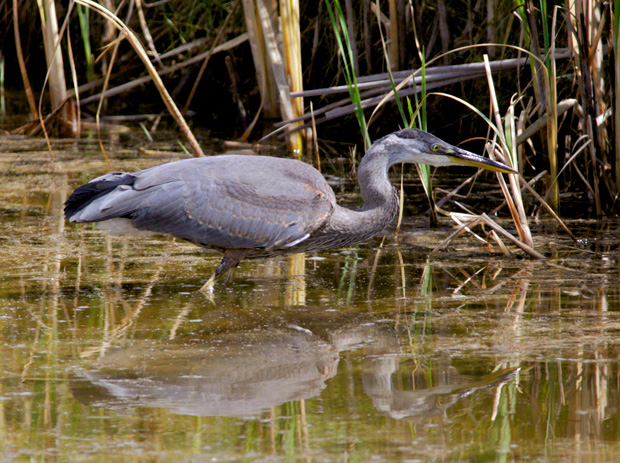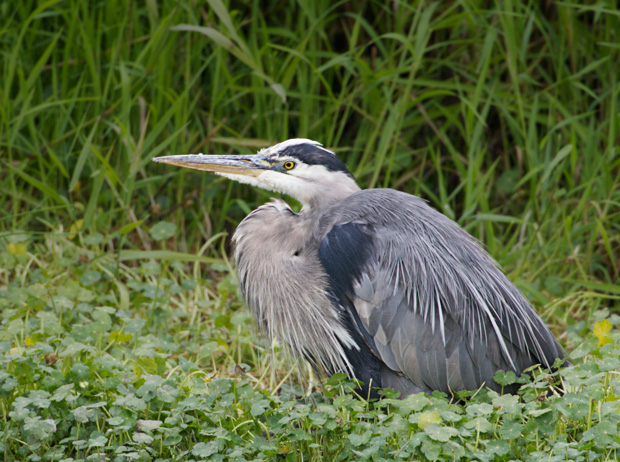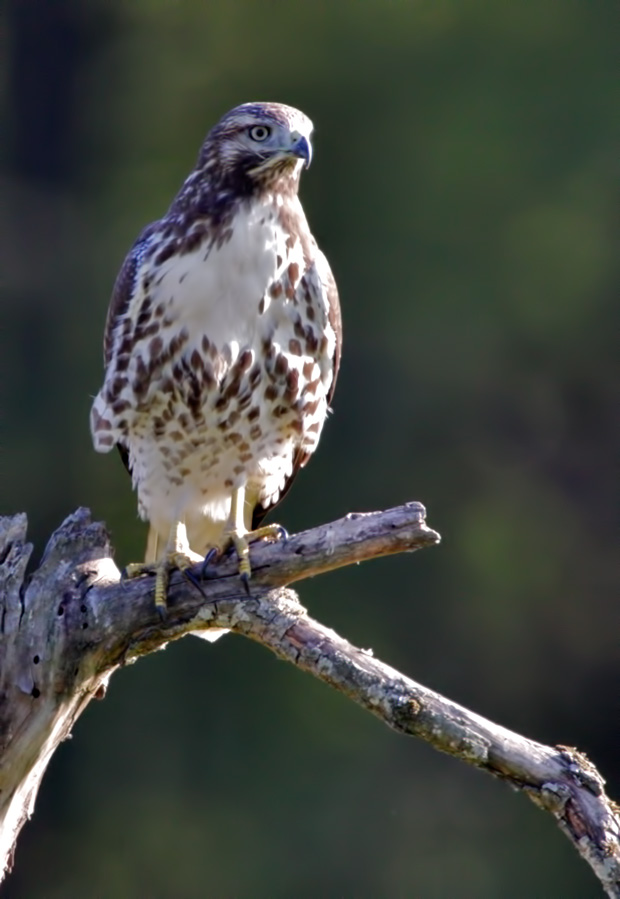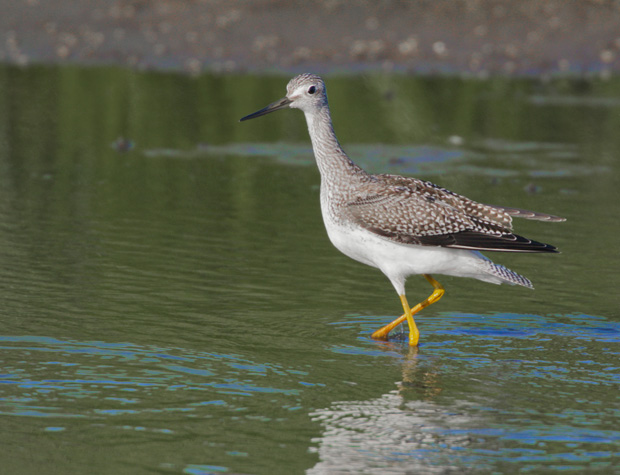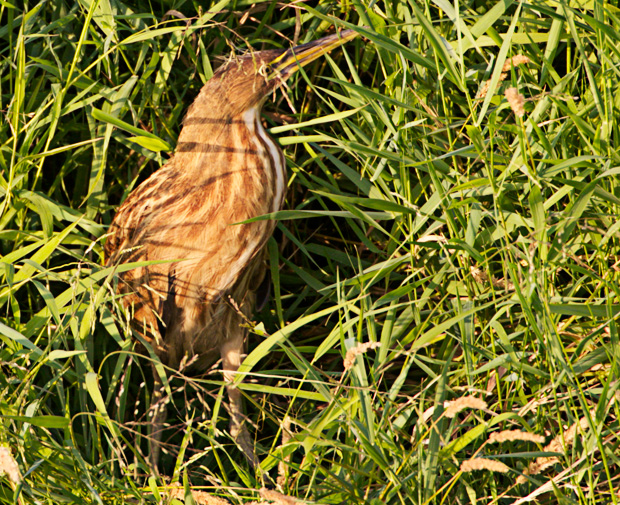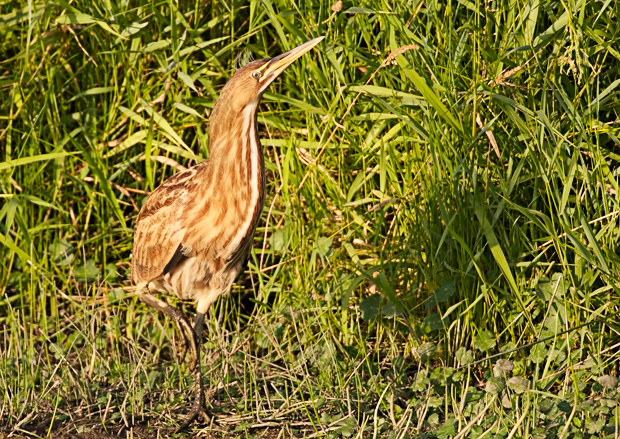We also stopped at Bottle Beach on last week’s ocean trip, usually one of the best spots for birds on Grays Harbor, but not this time. There was just a scattering of shorebirds, though there were enough Black-Bellied Plovers in various stages of breeding colors to keep me interested for awhile.
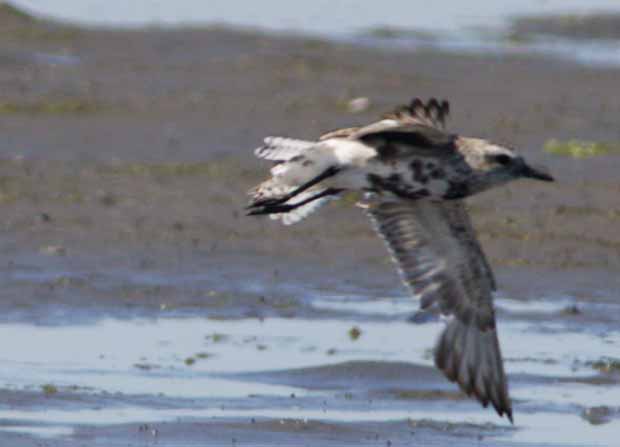
Before long, though, my attention turned to four of these little guys,
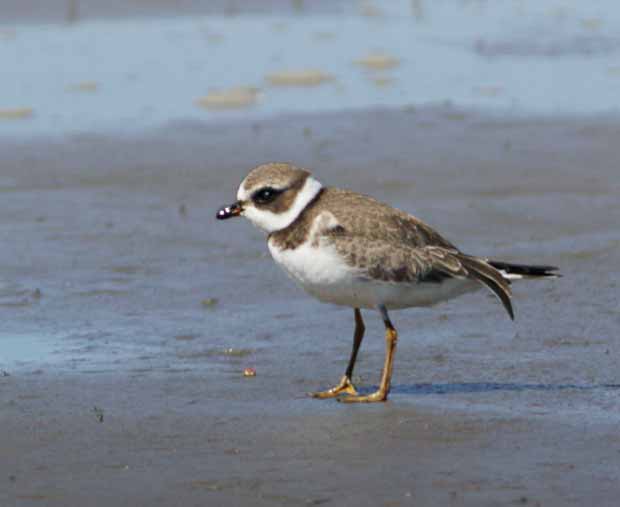
a Semi-Palmated Plover, which look an awful lot like another favorite I’ve often featured,
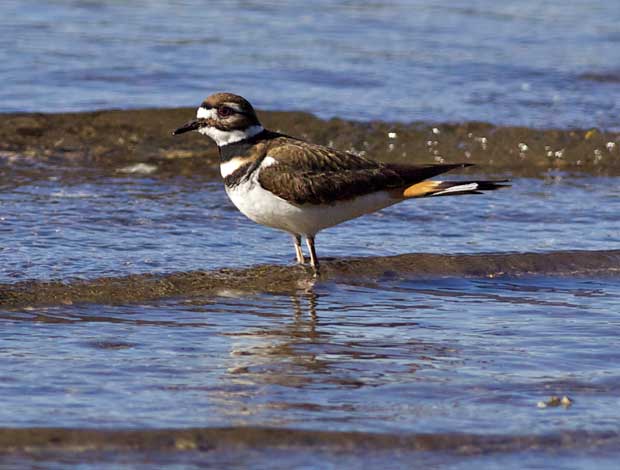
a Killdeer.
In fact, the birds are so similar that looking at them I wondered why was one a “plover” and the other not. Never did find the answer to that question, but I did discover that the Killdeer really is classified as a “plover.” This, in turn, led me to Wikipedia to look up the definition of “plover.”
Of course, once I there, I had to look up “sandpipers” since I’d also wondered what distinguished one set of “waders,” or shorebirds, from another set. The most distinguishing characteristic of sandpipers is the fact that they probe the shore for their food, whereas plovers don’t.
In other words, this
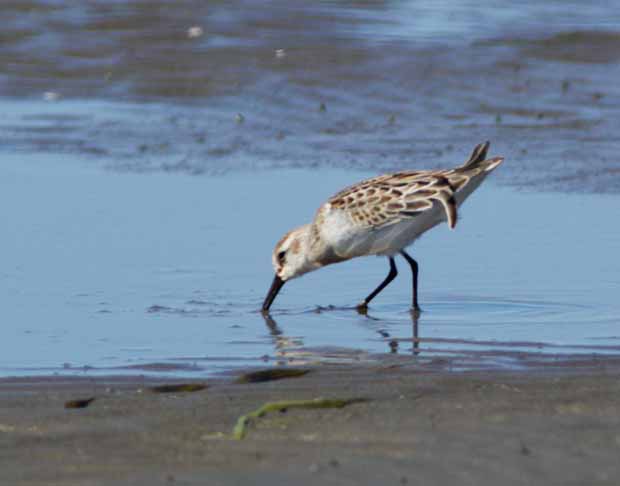
is a sandpiper even though it’s referred to as a “Sanderling” and not a sandpiper.
Thank goodness when I’m out birding I don’t worry about such distinctions but, instead, focus on capturing the beauty of the moment.
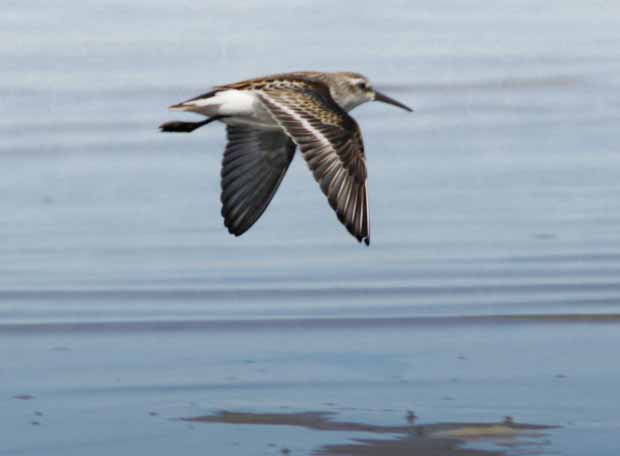
It’s only trapped inside looking at a computer screen I find time to worry about such distinctions.

